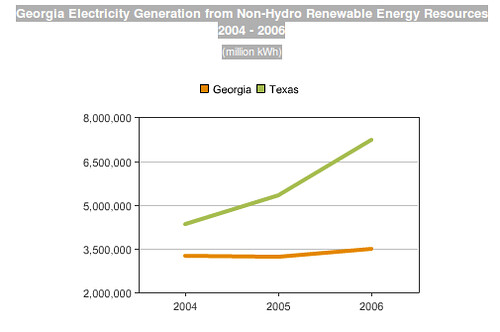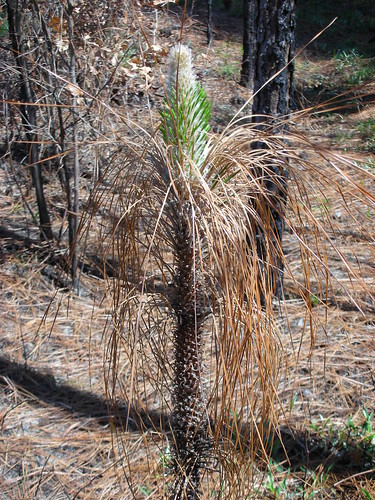How did Texas do that, and how can Valdosta and Lowndes County help Georgia catch up?
Some years back, Austin, Texas, which has been growing rapidly for decades, needed to find a way to produce more energy. Building a coal plant was not really an option for a city that had long sold itself as a home of green industry. Nuclear had a bad taste because in the 1980s Austin had been an investor in the South Texas Nuclear project, which had been late, over budget, never produced what it was supposed to, and had many political problems. So Austin settled on a new plan: instead of spending big bucks to build a dirty coal plant, use the same money to give rebates to homeowners and businesses for installing solar power. Big rebates: 75%, the largest, and among the first in the country. This made perfect economic sense, producing as much new energy as needed, without coal or nuclear, and distributed where it was needed.
Now Austin is trying a new wrinkle:
The Austin, Texas, city council has approved Austin Energy’s solar incentive program, which includes a new approach for commercial, multifamily and nonprofit customers. The new approach saves $2.4 million over the life of the program, according to the utility.Continue reading


